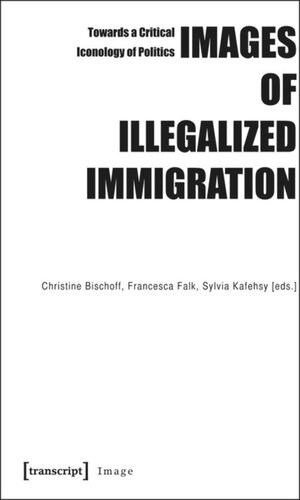

Most ebook files are in PDF format, so you can easily read them using various software such as Foxit Reader or directly on the Google Chrome browser.
Some ebook files are released by publishers in other formats such as .awz, .mobi, .epub, .fb2, etc. You may need to install specific software to read these formats on mobile/PC, such as Calibre.
Please read the tutorial at this link: https://ebookbell.com/faq
We offer FREE conversion to the popular formats you request; however, this may take some time. Therefore, right after payment, please email us, and we will try to provide the service as quickly as possible.
For some exceptional file formats or broken links (if any), please refrain from opening any disputes. Instead, email us first, and we will try to assist within a maximum of 6 hours.
EbookBell Team

4.0
86 reviewsIllegalized immigration is a highly iconic topic. The public perception of the current regime for mobility is profoundly shaped by visual and verbal images. As the issue of illegalized immigration is gaining increasing political momentum, the authors feel it is a well-warranted undertaking to analyze the role of images in the creation of illegalization. Their aim is to trace the visual processes that produce these very categories.
The authors aim to map out an iconography of illegalized immigration in relation to political, ethical, and aesthetic discourses. They discuss the need to project new images as well as the dangers of giving persons without legal papers an individual face. Illegalization is produced by law, but naturalized through the everyday use of images. The production of law, on the other hand, is also driven by both mental and materialized images. A critical iconology may help us to see these mechanisms.